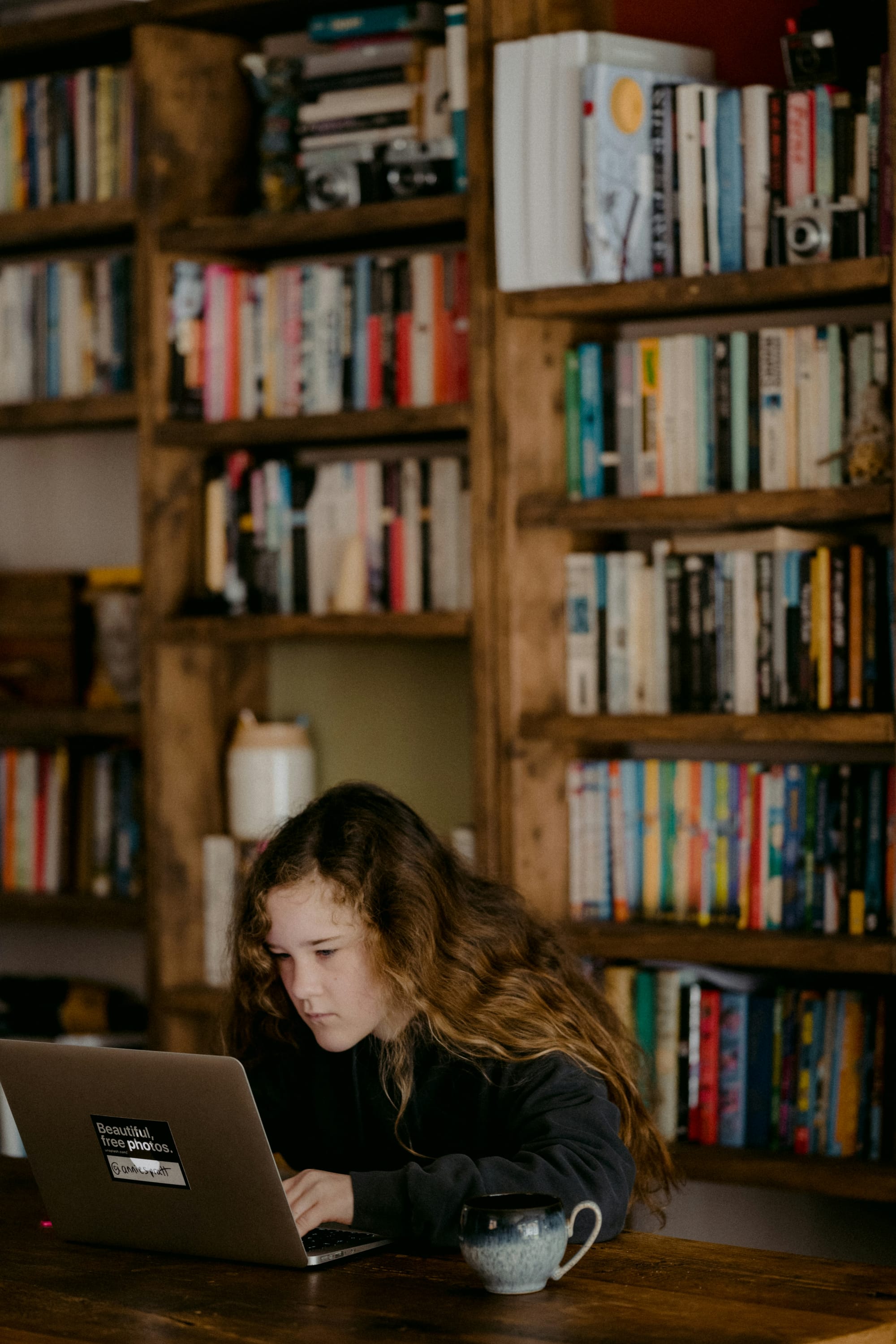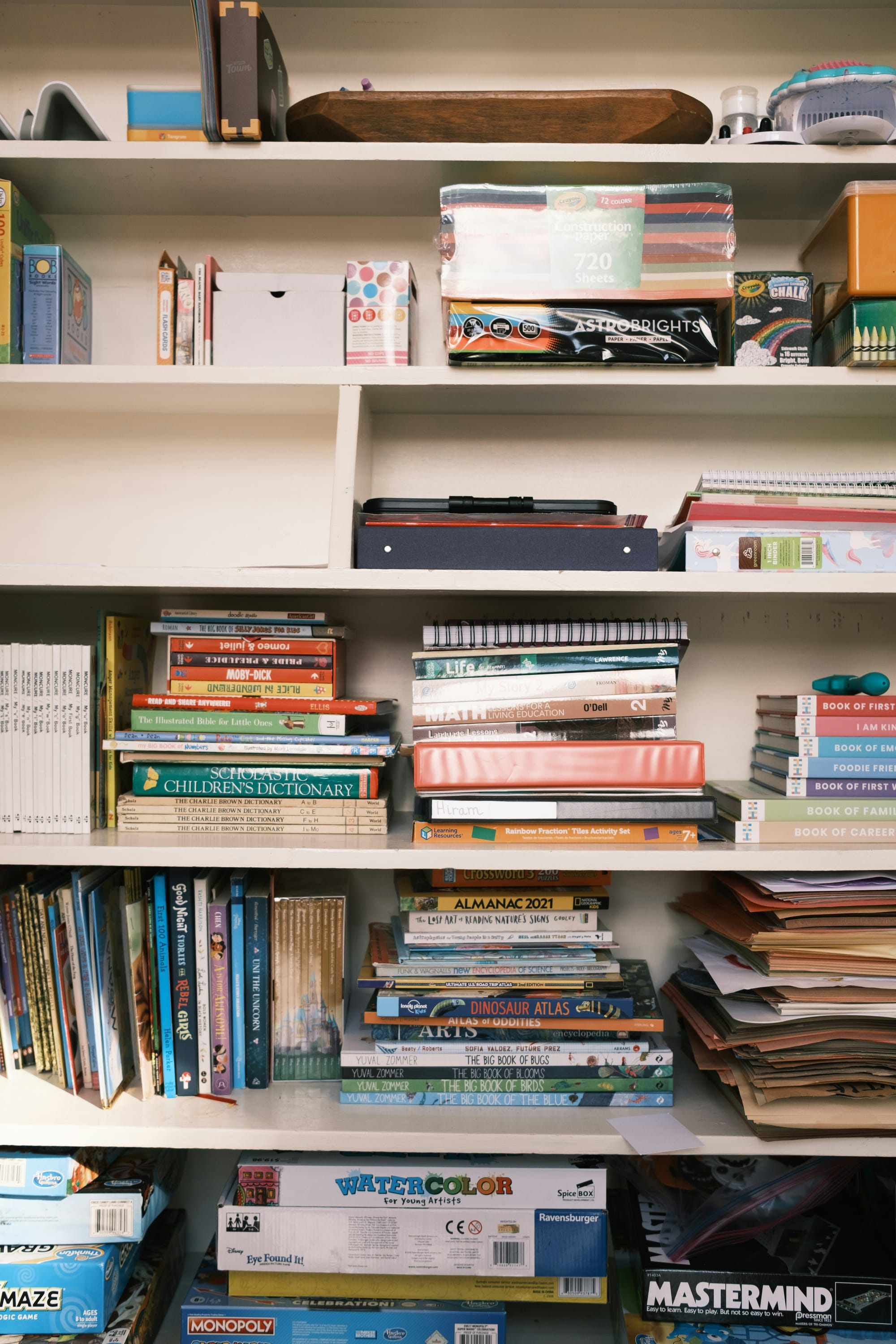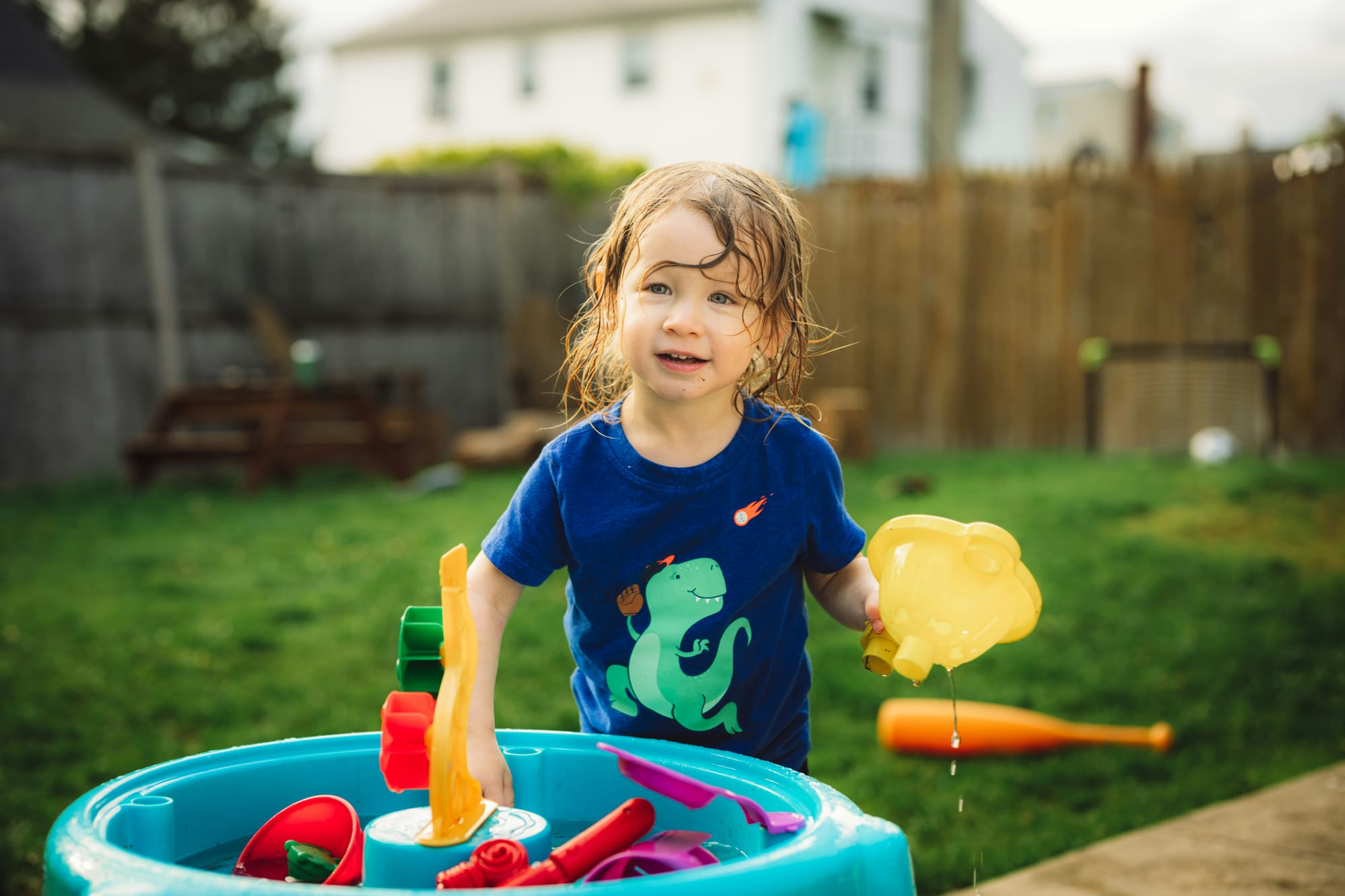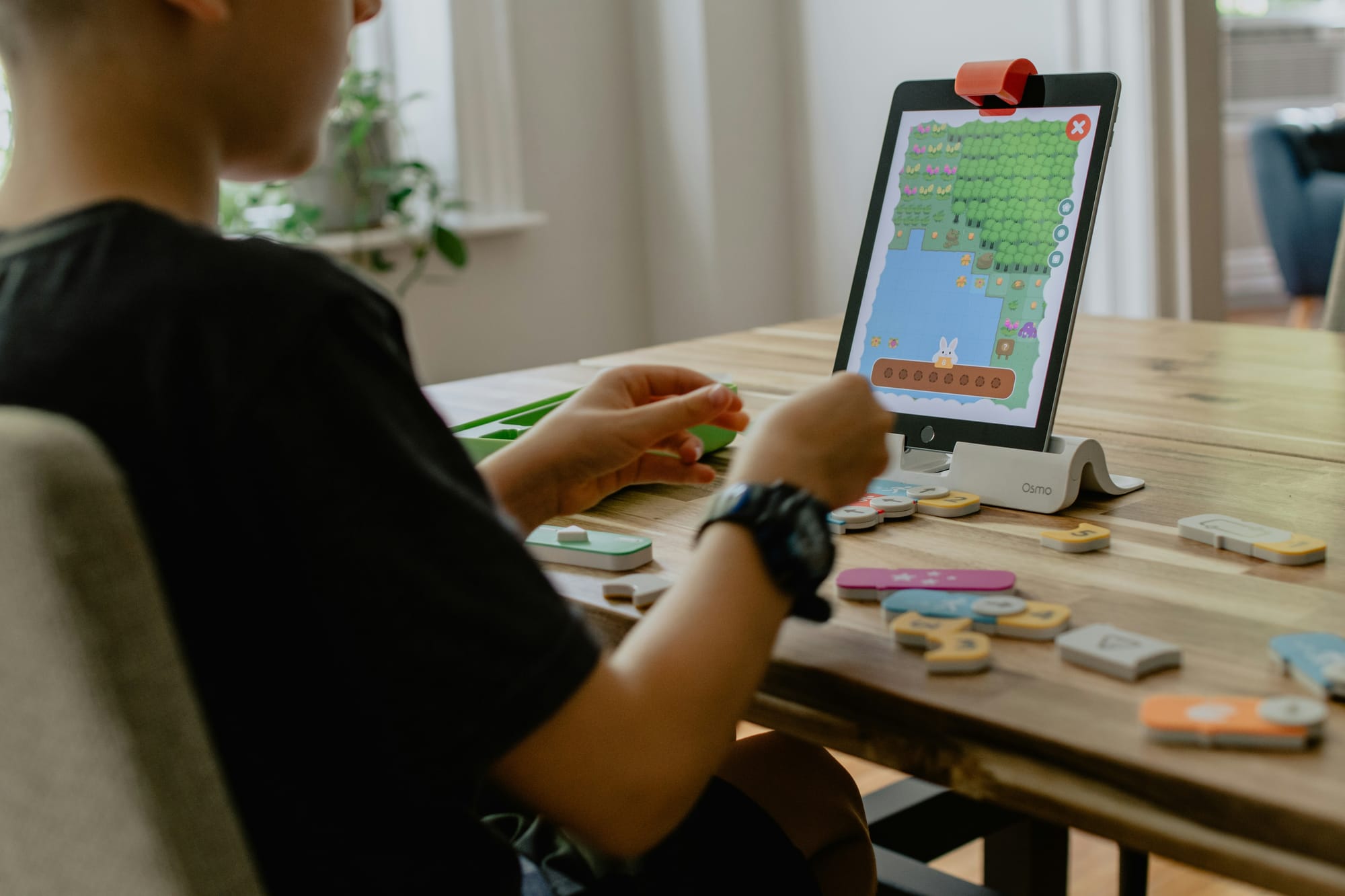Homeschool Space Inspiration for Every Age: Creative, Calm Learning Areas Your Family Will Love

At The Lively Bean, we know that a thoughtfully designed homeschool space can make all the difference in your day. When your learning environment feels calm, organized, and welcoming, homeschooling becomes easier, more enjoyable, and a little bit lighter for your mental load.
The best part? Your homeschool space doesn’t need to be perfect—or expensive. It just needs to work for your family, reflect your child’s age and learning style, and invite curiosity and creativity.
In this guide, we’re sharing homeschool room inspiration for every age, from preschoolers to high schoolers, along with tips to create functional, cozy, and inspiring spaces.

Why a Thoughtful Homeschool Space Matters
A well-planned learning environment can:
- Reduce distractions and help kids focus
- Keep materials organized and easy to find
- Support independence and confidence in learning
- Make your daily homeschool routine calmer and more enjoyable
- Encourage creativity, curiosity, and exploration
At The Lively Bean, we believe homeschooling isn’t about perfection—it’s about creating a space that supports your family’s unique rhythm.
Homeschool Room Inspiration by Age
Every stage of childhood comes with different learning needs, and your homeschool space can grow with them. Here are ideas tailored to each age group, designed to make learning feel inspiring and manageable.

Early Years (Preschool–Kindergarten)
A space built for curiosity and play
The early years are all about exploration, imagination, and hands-on learning. A space that’s accessible, cozy, and playful sets the stage for joyful learning.
Ideas for creating a preschool-friendly homeschool space:
- Low, open shelving: Keep puzzles, manipulatives, and art supplies within reach to encourage independence.
- Cozy reading corner: Pillows, rugs, and a basket of books invite early readers to settle in.
- Small art table: A table stocked with washable markers, crayons, and Play-Doh sparks creativity.
- Rotating toys and activities: Keep clutter minimal and learning fresh by rotating activities weekly or monthly.
- Nature baskets: Fill baskets with leaves, pinecones, shells, or seasonal treasures to inspire hands-on exploration.
- Art display areas: Use clipboards, string with clothespins, or frames to celebrate their creations.
At this stage, the goal is simple: create a space that encourages curiosity, independence, and hands-on learning while keeping the environment calm and inviting.

Elementary Ages (1st–5th Grade)
A space for growing independence and creativity
Elementary learners are ready for more structure, yet still benefit from hands-on exploration and creativity. A homeschool space at this age should support focus, organization, and flexibility.
Ideas for an elementary homeschool space:
- Shared table or individual desks: A space for writing, math, and creative projects.
- Maker and STEM zones: Include building materials, craft supplies, and science kits in labeled bins.
- Reading nook: Cozy seating with accessible books encourages a love for reading.
- Visual schedule board: Helps children see what’s coming in the day and feel a sense of routine.
- Pegboards or wall organizers: Perfect for art supplies, rulers, headphones, and clipboards.
- Rolling carts: Rotate materials for each subject or child to keep the space organized.
With these elements, elementary-aged homeschool spaces become calm, functional, and supportive of both creativity and focus.

Middle School (6th–8th Grade)
A space for growing independence and deeper learning
Middle schoolers are exploring independence and need a space that allows them to take ownership of their learning.
Ideas for a middle school homeschool space:
- Dedicated desk or workstation: Comfortable seating and good lighting help students focus on bigger projects.
- Shelving for binders and projects: Keep materials organized and accessible.
- Digital charging station: A home for devices, chargers, and headphones reduces distractions.
- Whiteboard or corkboard: Great for tracking assignments, weekly goals, and projects.
- Age-appropriate décor: Neutral colors, soft lighting, and subtle personal touches make the space feel mature.
- Quiet reading corner: Even middle schoolers benefit from a cozy area for reflection and reading.
The key here is to support independence while keeping the environment calm and organized.

High School (9th–12th Grade
A space for focus, self-direction, and preparation for the future
High schoolers need a space that promotes concentration, organization, and flexibility. Their learning environment should feel more like a home office than a classroom.
Ideas for high school homeschool spaces:
- Dedicated desk or study area: A comfortable desk and chair make longer work sessions easier.
- Minimalist shelving: Keep notebooks, textbooks, and elective materials organized.
- Task lighting: A desk lamp or adjustable lighting reduces eye strain.
- Personalized planning tools: Digital planners, wall calendars, or bullet journals help teens manage assignments.
- Flexible study zones: Allow teens to move between desks, reading corners, or outdoor spaces.
- Mature, cozy décor: Neutral tones, plants, framed art, or subtle LED lighting make the space inviting without distractions.
High schoolers benefit from a space that promotes self-directed learning while feeling welcoming and supportive.

Small-Space Homeschooling Tips
Not every family has a dedicated homeschool room—and that’s okay! Small spaces can be just as functional with a few thoughtful strategies:
- Rolling carts as portable classrooms
- Floating shelves to maximize vertical space
- Closet or under-bed storage for extra materials
- Cozy reading nooks in a corner
- Foldable desks or portable workstations
Even limited space can become inspiring and functional when organized intentionally.

Outdoor Homeschool Spaces
Learning doesn’t need to stay indoors. Outdoor spaces bring fresh air, movement, and creativity into your homeschool day.
Ideas for outdoor learning:
- Picnic tables for lessons or art projects
- Clipboards for journaling or nature sketches
- Gardening areas for hands-on science
- Water tables and mud kitchens for sensory exploration and hands-on STEM activities
- Blankets under trees for read-alouds or storytime
Outdoor spaces are perfect for curious, active learners and give everyone a break from indoor distractions. They encourage messy, playful learning that sparks curiosity, problem-solving, and creativity—all while enjoying the fresh air!

Tips to Make Your Homeschool Room Grow With Your Kids
A flexible homeschool room can evolve with your children, making your life easier as a homeschool mom.
- Choose adaptable furniture: Adjustable chairs, modular shelves, and rolling carts can shift with your family’s needs.
- Keep only what’s necessary: Store extra materials in closets or bins to reduce clutter.
- Use vertical space: Shelves, pegboards, and wall hooks make supplies accessible without taking up floor space.
- Create zones: Separate areas for reading, writing, and hands-on projects help children know where things belong.
- Design with calm in mind: Soft lighting, neutral colors, and breathable space reduce stress.
- Allow the space to evolve: As interests and routines change, your homeschool room can adapt too.

Final Thoughts
At The Lively Bean, we believe that a homeschool space doesn’t need to be perfect—it just needs to support your family, reduce stress, and invite learning.
By designing a room that’s functional, cozy, and age-appropriate, you’ll create a space where your children can thrive, and your homeschool days can feel lighter and more joyful.
Remember: it’s not about perfection. It’s about creating spaces that inspire curiosity, creativity, and calm.
With a little intention, your homeschool room can be a place your children love to learn in and you love to teach in—making the homeschool journey a little easier, a little calmer, and a lot more joyful.
💜 From all of us at The Lively Bean, happy homeschooling!


